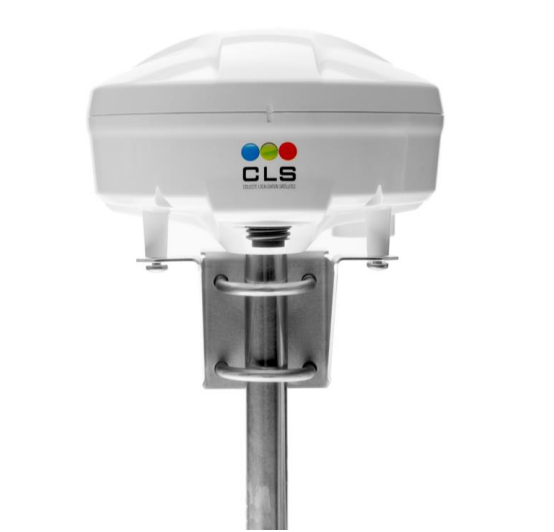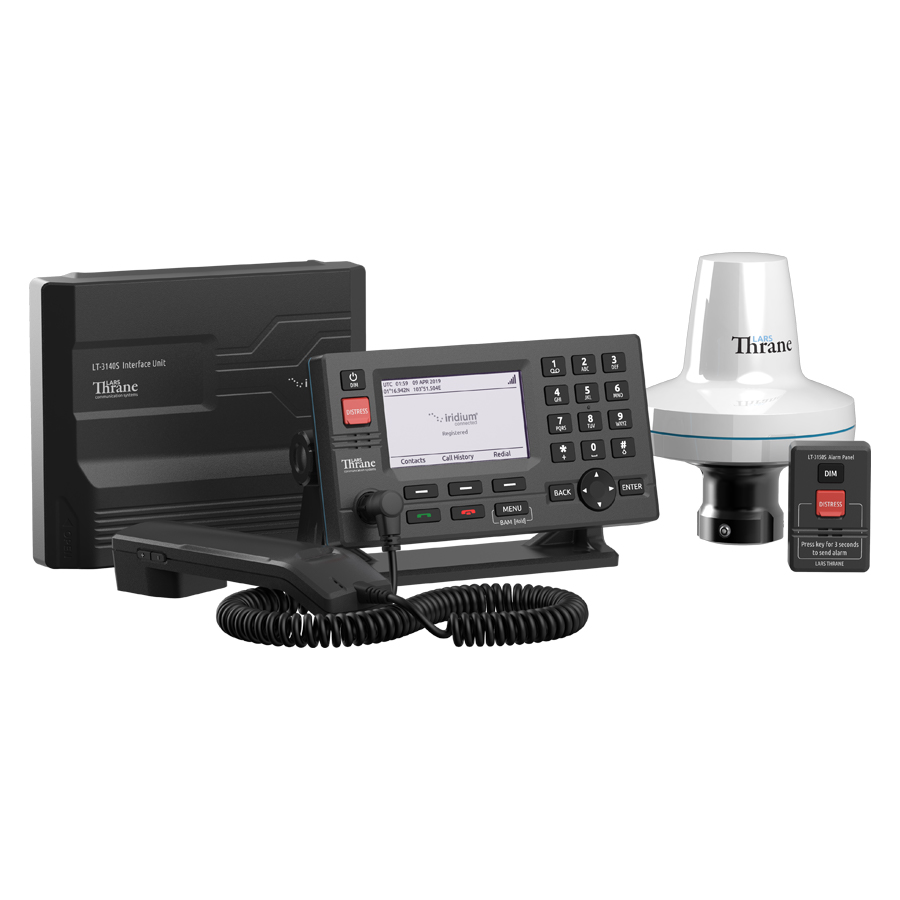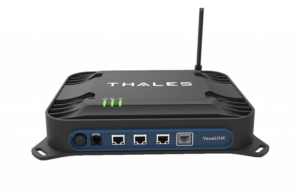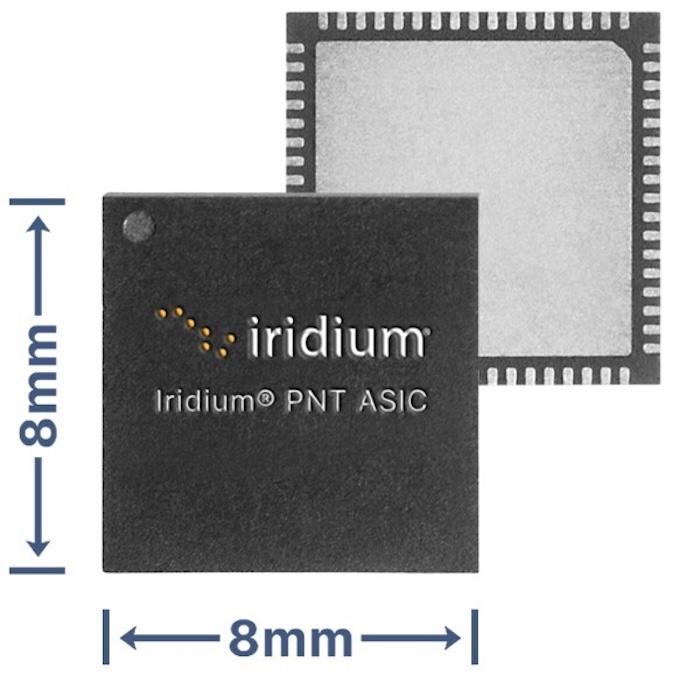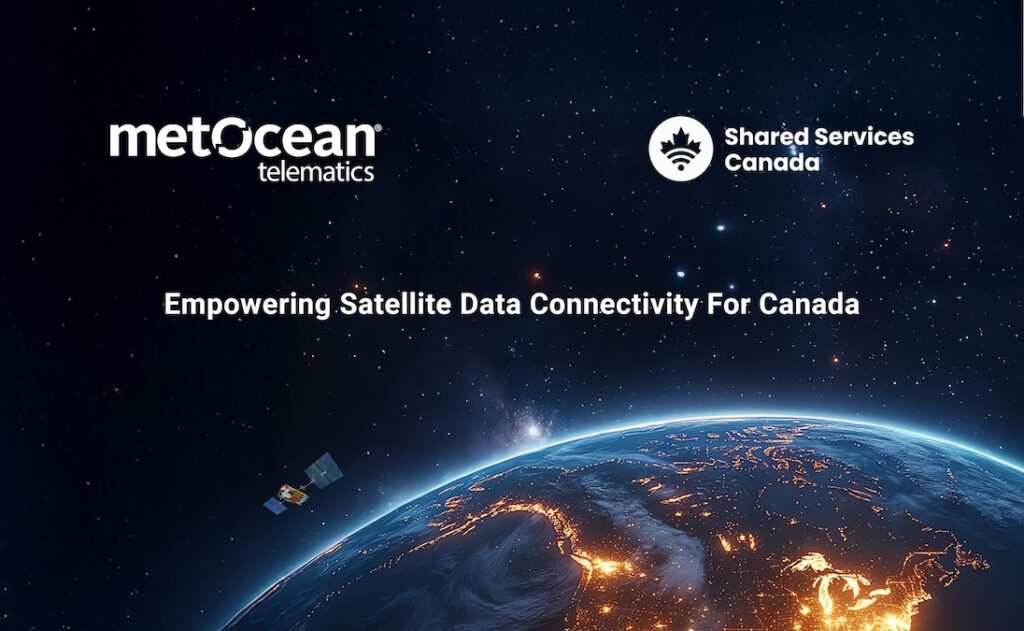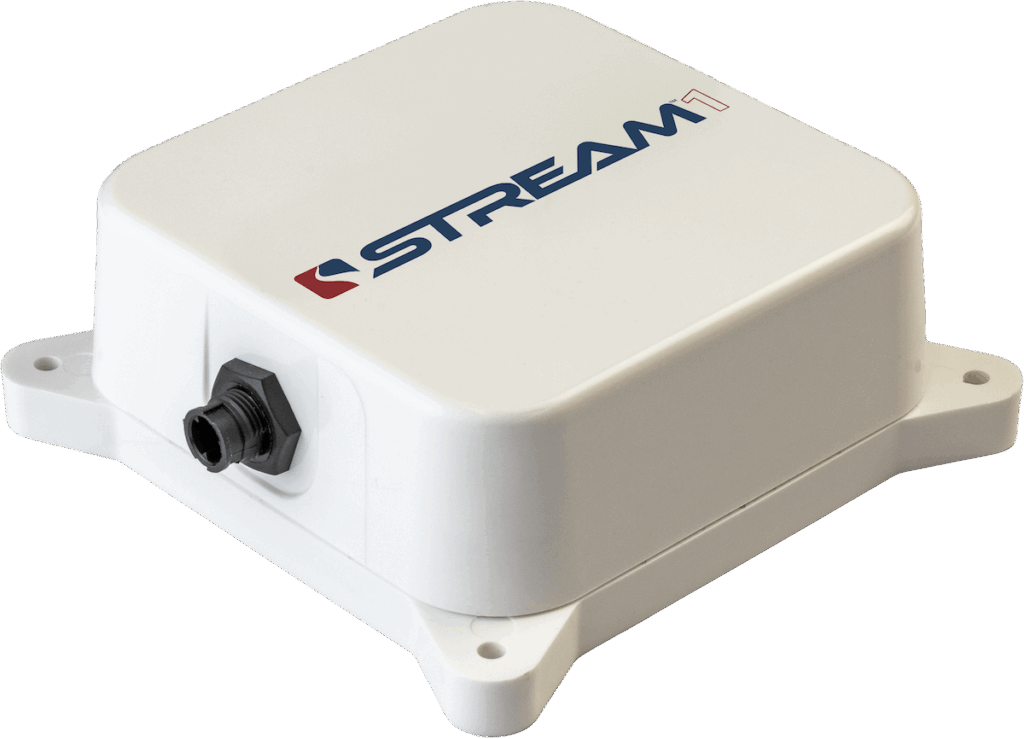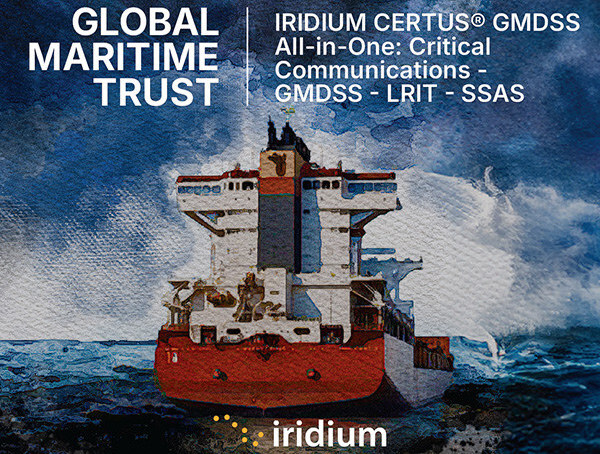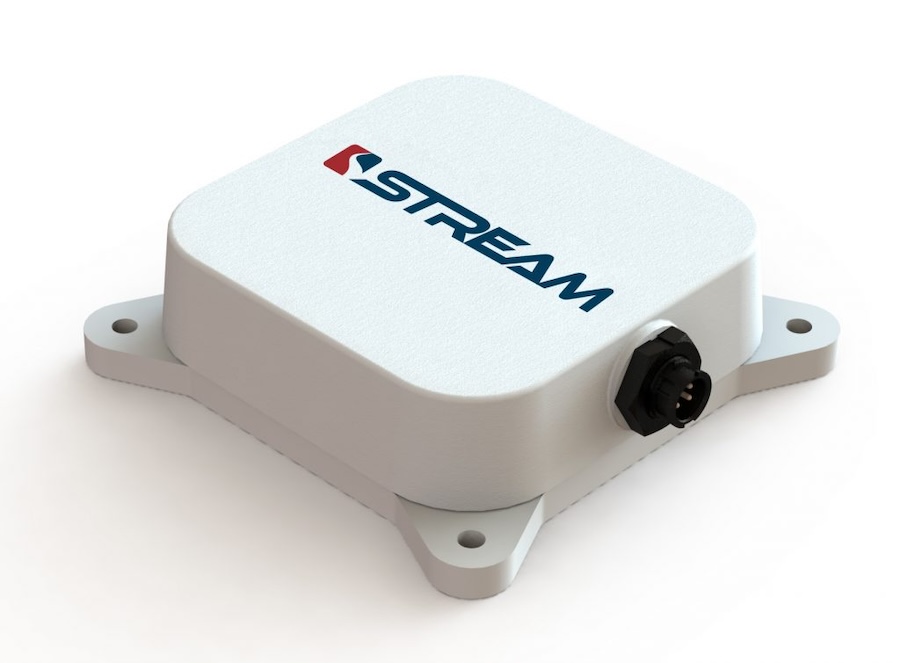Suppliers
Add your company
Reliable Satellite Communication (SATCOM) Services & Equipment for Marine & Maritime Vessels & Platforms

Empowering Data Connectivity, Everywhere: Innovative Satellite Communications & Telemetry Technologies
If you design, build or supply Satellite Communication (SATCOM), create a profile to showcase your capabilities on this page
Products
Marine Satellite Communication (SATCOM)
Reliable, high-speed marine satellite communication is essential for today’s ocean-going vessels, offshore rigs, and research expeditions. As ships venture farther into remote waters, dependable satellite connectivity ensures safety, supports real-time decision-making, and enables modern digital workflows. From routine operational data transfer to crew welfare and emergency response, SATCOM systems have evolved into critical infrastructure in the maritime sector.
What is Marine Satellite Communication?
Marine satellite communication, commonly referred to as SATCOM, is a telecommunications system that uses orbiting satellites to transmit voice, data, and video signals between sea-based platforms and terrestrial stations. Unlike terrestrial networks, SATCOM provides uninterrupted service across oceans, remote maritime regions, and polar routes, ensuring that vessels can maintain contact wherever they sail.
There are two primary types of marine satellite communication systems: geostationary satellite systems, which provide broad coverage and high data throughput, and low Earth orbit (LEO) satellite networks, which offer lower latency and dynamic bandwidth distribution. Both are used in various maritime applications, depending on mission requirements and vessel type.
Applications of Marine SATCOM Systems
SATCOM is used extensively across both commercial and scientific maritime sectors. Key applications include:
- Ship-to-shore communication: SATCOM allows vessels to maintain constant communication with shore-based operations, enabling real-time logistics coordination and emergency alerts.
- Broadband at sea: High-throughput VSAT systems provide broadband internet access, essential for remote operations, crew welfare, and business continuity.
- Offshore communication systems: Oil rigs, scientific research platforms, ocean monitoring systems, and remote maritime stations depend on SATCOM for data exchange, telemetry, and remote monitoring.
- Satellite tracking systems: These enable precise vessel tracking and automated position reporting, supporting maritime safety and compliance with global navigation standards.
- Marine fleet management: SATCOM enables real-time tracking, diagnostics, and coordination of multiple vessels, improving operational efficiency, safety, and compliance for commercial and research fleets.
Types of SATCOM Equipment and Systems
Modern marine satellite communication systems include a range of hardware and software components tailored to vessel size, coverage area, and data requirements:
-

Marine satellite communication (satcom) terminal by Cobham using the Iridium Certus 700 broadband service
VSAT systems: Very Small Aperture Terminal systems are widely used on commercial ships for high-bandwidth, persistent connections. They typically use Ku-band or Ka-band frequencies.
- Satcom terminals: These integrated units include antennas, modems, and controllers to manage connectivity and signal quality.
- Satellite modems and antennas: Core components that enable data transmission over satellite networks. These vary in design from stabilized marine satellite dishes to compact L-band terminals for smaller vessels.
- Mobile satellite services (MSS): These include L-band solutions such as Inmarsat and Iridium, which offer global coverage with lower bandwidth, ideal for voice and low-data applications.
Marine Satellite Communication Providers and Networks
Numerous SATCOM providers specialize in maritime connectivity, offering global or region-specific coverage through proprietary satellite constellations. Services differ based on bandwidth, latency, frequency band, and customer support. Some leading satellite communication providers support multi-band solutions, allowing vessels to switch between Ka-band, Ku-band, and L-band based on location and demand.
Maritime satellite communications providers typically offer managed services, including hardware installation, network monitoring, and cybersecurity tools, to protect vessel communications from cyber threats.
SATCOM Frequency Bands and Their Impact
Marine satellite communication systems operate across various frequency bands, each suited to specific use cases:
L-band: Offers consistent performance in all weather conditions and is often used for safety services and smaller vessels.
Ku-band: Delivers higher bandwidth for data-heavy applications and is commonly used in commercial shipping.
Ka-band: This band provides even greater data throughput but can be more sensitive to rain fade. It is often used for high-performance VSAT applications.
C-band: Less common in maritime due to antenna size but useful in tropical regions with high rainfall.
The choice of satcom band significantly affects the performance and reliability of marine communication systems.
Advancements in Maritime Satellite Technology
Innovation in satellite technology continues to expand the capabilities of marine satellite communication systems. The rise of LEO satellite constellations offers reduced latency and greater capacity, making real-time applications like video conferencing and live remote support more feasible at sea. Integration with digital shipboard systems also enables automation, predictive maintenance, and smart navigation.
Additionally, marine satellite systems are increasingly optimized for interoperability, allowing for hybrid networks that combine SATCOM, 4G/5G, and Wi-Fi to ensure continuous service even when nearshore.
Selecting a Marine SATCOM Solution
Choosing the right SATCOM system depends on a vessel’s mission profile, geographic operating area, and communication needs. Key considerations include:
- Coverage area: Whether operating in polar regions, along coastal routes, or on global transits, coverage must align with navigation patterns.
- Bandwidth needs: Different operations demand varying levels of data throughput. Research vessels and passenger ships may require high-speed internet, while cargo ships may only need routine data exchange.
- Hardware footprint: The size and configuration of antennas and terminals must be suitable for the vessel’s structure and available space.
- Budget and service model: Providers offer a range of pricing structures, from pay-as-you-go to fully managed services with fixed monthly fees.
Marine Satellite Communication in Offshore Science and Research
Satellite communication systems are indispensable in ocean science. Research vessels rely on SATCOM to transmit high-resolution imagery, sensor data, and telemetry from autonomous underwater vehicles (AUVs) and remote sensing devices. Marine satellite internet enables real-time collaboration between onboard scientists and shore-based institutions, supporting time-sensitive data analysis and mission adjustments.
Marine satellite compass integration and satellite data transfer tools also allow for precision navigation and remote equipment control, key for deep-sea exploration and environmental monitoring.






